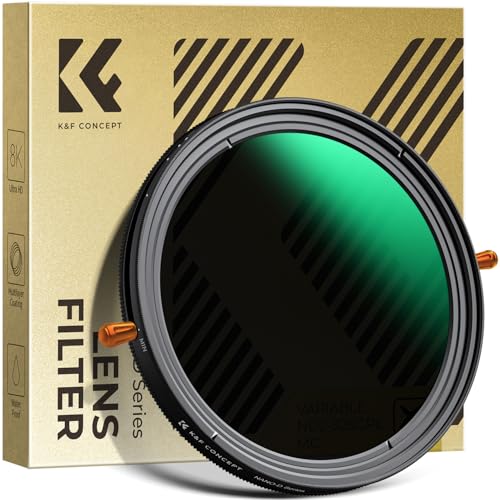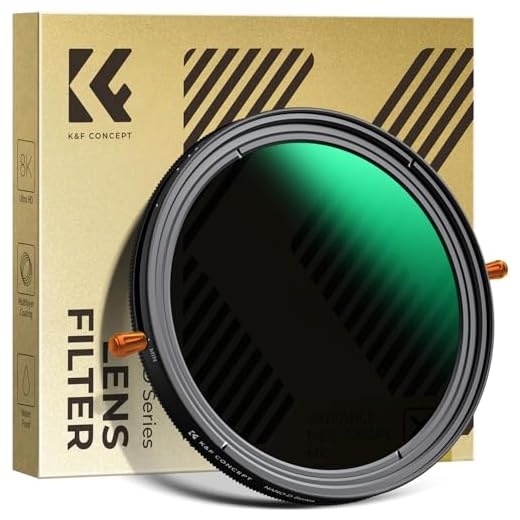




Are you ready to capture the beauty of the great outdoors with your digital camera? Landscape photography allows you to showcase the natural wonders of the world through your lens. Whether you’re a beginner or a seasoned photographer, mastering the art of landscape photography can elevate your skills and produce breathtaking images.
From majestic mountains to serene seascapes, the world is your canvas waiting to be captured in a single frame. To help you take your landscape photography to the next level, we’ve compiled a comprehensive guide on how to capture stunning landscape photos with your digital camera.
Tips for Capturing Stunning Landscape Shots
1. Scout the location: Before you start shooting, take some time to explore the area and find the best vantage points for your photos.
2. Use a tripod: To ensure sharp images, especially in low light conditions, use a tripod to stabilize your camera.
3. Pay attention to lighting: The quality of light can make or break a landscape shot. Try shooting during the golden hours – sunrise and sunset – for soft, warm light.
4. Experiment with composition: Use the rule of thirds, leading lines, and framing techniques to create visually interesting and balanced images.
5. Adjust your settings: Play around with your camera settings, such as aperture, shutter speed, and ISO, to achieve the desired effect in your landscape shots.
6. Capture movement: Consider using a slow shutter speed to capture movement in water or clouds, adding a dynamic element to your landscape photos.
7. Include a focal point: To create a sense of depth and interest in your landscape shots, include a focal point such as a tree, rock, or person.
Choose the Right Time of Day
Shooting during midday when the sun is high in the sky can result in harsh shadows and blown-out highlights, making it more challenging to capture the beauty of the landscape. However, there are exceptions to this rule, such as when you want to capture the stark contrast of a desert landscape or the vibrant colors of a bustling city.
Consider the mood you want to convey in your landscape photos and choose the time of day that best suits your vision. Experiment with different times and lighting conditions to see how they affect the mood and atmosphere of your photos.
Find a Unique Perspective
When capturing landscapes, try to find a unique perspective that sets your photos apart from the rest. Instead of shooting from eye level, experiment with different angles and viewpoints. Consider getting low to the ground for a dramatic effect or shooting from a higher vantage point to showcase the vastness of the landscape.
Experiment with Composition
Play around with composition techniques such as the rule of thirds, leading lines, and framing to create visually interesting images. Use natural elements like trees, rocks, or water to frame your shot and draw the viewer’s eye into the scene.
- Try shooting through natural frames like arches or branches to add depth to your photos.
- Include foreground elements to provide a sense of scale and depth in your landscape images.
Pay Attention to Composition
Composition is key when it comes to taking great landscape photos. Pay attention to the elements in your frame and how they are arranged. Use the rule of thirds to create a well-balanced and visually appealing composition. This rule suggests dividing your frame into nine equal parts with two horizontal and two vertical lines, and placing your main subject or points of interest along these lines or at their intersections.
Consider the foreground, midground, and background of your image to create depth and dimension. Including a strong foreground element can lead the viewer’s eye into the scene and add interest to the composition. Experiment with different angles and perspectives to find the most compelling composition for your landscape photos.
Remember to also consider the lighting and colors in your composition. Soft, warm light during sunrise or sunset can create a magical atmosphere, while harsh midday light may wash out colors and textures. Pay attention to the direction of light and shadows to enhance the depth and mood of your landscape photos.
Use a Tripod for Stability
One of the key elements in capturing sharp landscape images is stability. Even a slight movement of your camera can result in blurry photos, especially in low-light situations. To ensure your images are crisp and clear, use a tripod to stabilize your camera.
When choosing a tripod, look for one that is sturdy and can support the weight of your camera and any additional equipment you may be using. Position your tripod on solid ground and adjust the height and angle to frame your shot just the way you want it.
Tips for using a tripod:
- Extend the legs fully and use the center column for additional height if needed.
- Use a remote shutter release or the camera’s self-timer to minimize camera shake when taking the shot.
- Experiment with different tripod heights and angles to find the best composition for your landscape photos.
Experiment with Different Settings
One of the best ways to improve your landscape photography is to experiment with different camera settings. This can help you achieve different effects and capture the scene in unique ways.
Aperture
Adjusting the aperture can change the depth of field in your photos. A wider aperture (lower f-stop number) will create a shallow depth of field, blurring the background and making the subject stand out. On the other hand, a narrower aperture (higher f-stop number) will keep more of the scene in focus.
Shutter Speed
Changing the shutter speed can help you capture motion in your landscape shots. A faster shutter speed will freeze the action, while a slower shutter speed can create a sense of movement or blur in the image.
- Experiment with long exposures to capture flowing water or moving clouds.
- Try faster shutter speeds to capture sharp details in a scene.
By playing around with these settings and understanding how they affect your images, you can take your landscape photography to the next level.
Utilize Leading Lines
One powerful compositional technique to enhance your landscape photos is to use leading lines. Leading lines are elements in the scene that draw the viewer’s eye into the image and lead them towards the main subject or point of interest. These lines can be natural features like rivers, paths, or roads, or man-made elements like fences, buildings, or bridges.
How to Use Leading Lines:
1. Look for natural or man-made lines in the landscape that can guide the viewer’s eye towards the focal point of your image.
2. Position yourself so that the leading lines create a sense of depth and perspective, adding visual interest to the composition.
3. Experiment with different angles and perspectives to see how leading lines can enhance the overall impact of your landscape photos.
By incorporating leading lines into your compositions, you can create more dynamic and engaging landscape images that captivate the viewer’s attention and draw them into the scene.
Post-Processing for Enhancement
Once you have captured your landscape photos, it’s time to enhance them through post-processing. Here are some tips:
- Adjust the exposure: Use software like Adobe Lightroom or Photoshop to adjust the exposure of your image. You can increase or decrease the exposure to make the image brighter or darker.
- Enhance colors: You can boost the colors of your landscape photo to make it more vibrant. Adjust the saturation and vibrance levels to make the colors pop.
- Sharpen the image: Use the sharpening tool to enhance the details in your landscape photo. Be careful not to over-sharpen as it can introduce noise.
- Crop and straighten: Crop the image to improve composition and remove any distracting elements. You can also straighten the horizon if needed.
- Apply filters: Experiment with different filters to give your landscape photo a unique look. You can use presets or create your own filters.
FAQ
What are the best settings for taking landscape pictures with a digital camera?
When taking landscape pictures, it’s best to use a small aperture (high f-stop number) to ensure a large depth of field, so that both the foreground and background are in focus. You should also use a low ISO setting to reduce noise in your images. Additionally, using a tripod can help you capture sharp and detailed landscape photos.
How can I compose a great landscape photo with my digital camera?
To compose a great landscape photo, try to follow the rule of thirds by placing key elements in your scene along the grid lines or at the intersections. Look for leading lines, such as rivers or roads, to draw the viewer’s eye into the scene. Consider using a wide-angle lens to capture more of the landscape and create a sense of depth.
What time of day is best for taking landscape pictures with a digital camera?
The best times for landscape photography are during the “golden hours,” which occur shortly after sunrise and before sunset. The soft, warm light during these times can add a beautiful glow to your images and create long shadows that add depth to the scene. However, don’t be afraid to experiment with different lighting conditions to capture unique and striking landscapes.
Do I need special equipment to take good landscape pictures with a digital camera?
While you don’t necessarily need special equipment to take good landscape pictures, having a few key accessories can enhance your photography. A tripod can help you stabilize your camera for long exposures and ensure sharp images. A polarizing filter can reduce glare and enhance colors in your landscape photos. Additionally, a remote shutter release can help prevent camera shake when taking long-exposure shots.







